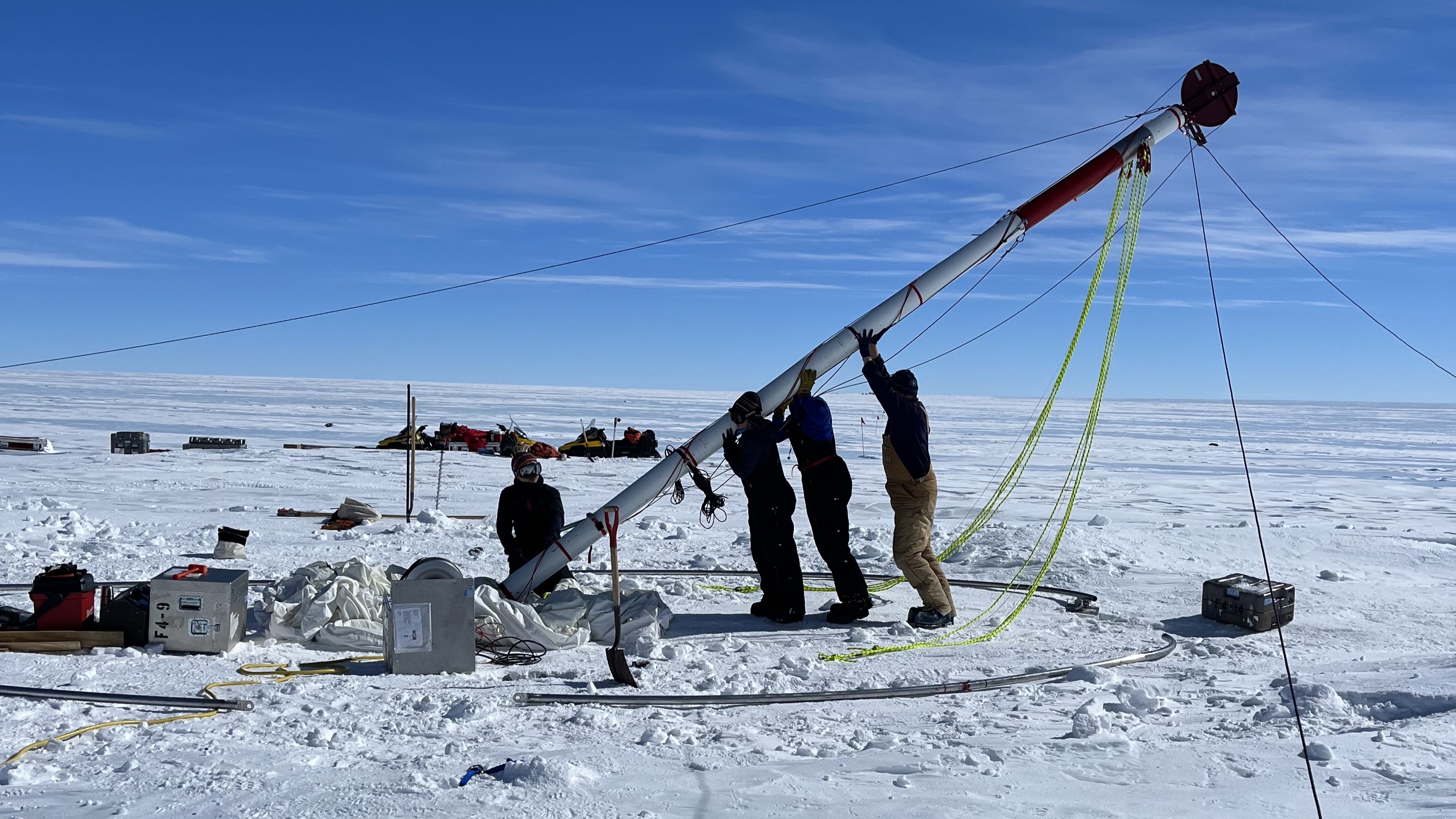Supermoon Photos: Full Moon Rises Across the Globe
Special Supermoons
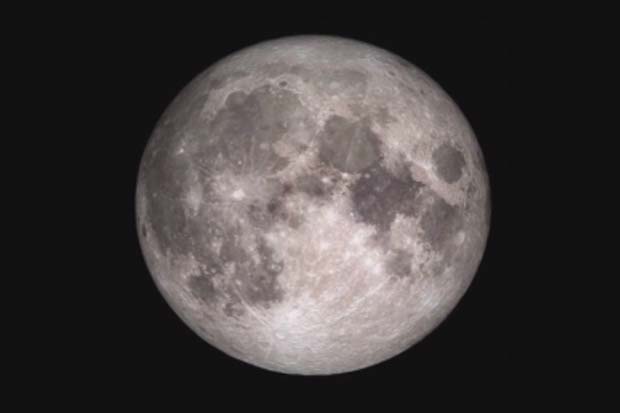
A supermoon, which appears up to 30 percent brighter and 15 percent larger than other full moons. That's because the full moon — in which the sun, moon and Earth are approximately aligned and the sunlit face of the moon is facing Earth — occurs at the spot in the moon's orbit when our satellite is closest to our planet. Because of that closeness, the full moon appears brighter and bigger than normal. Sometimes an extra-special occurrence makes this bulging supermoon even more spectacular. That occurrence is the total lunar eclipse, when the moon moves behind Earth's shadow. Check out these spectacular images of supermoons and eclipsed supermoons.
Denver Surprise
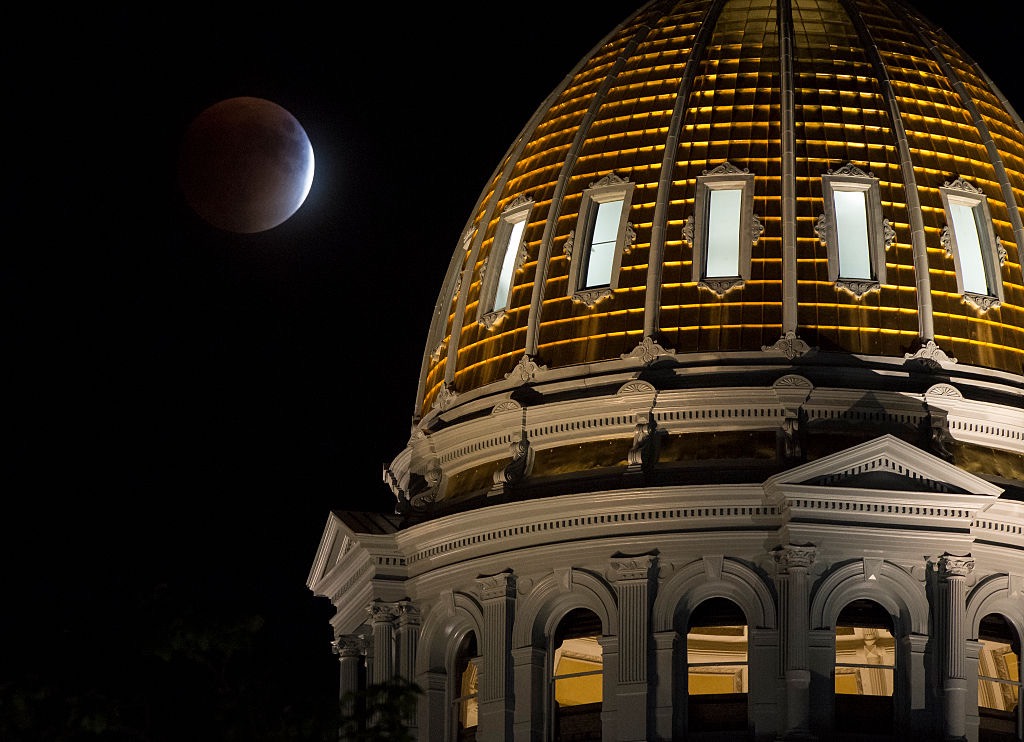
In the fall of 2015, Earthlings were treated to a super supermoon, when the perigee full moon (also called a supermoon) occurred during a total lunar eclipse. Here, the extra-special full moon hangs in the sky behind the Colorado State Capitol building on Sept. 27, 2015, in Denver. This combination of supermoon and total lunar eclipse last occurred in 1982, and don't expect another until 2033.
Soccer Supermoon
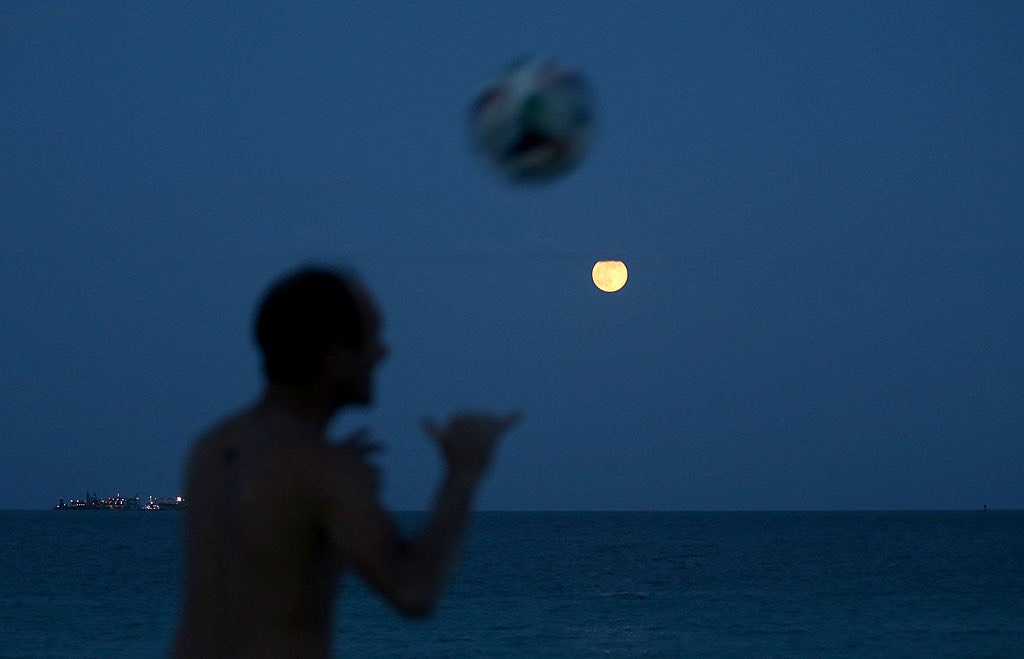
Rafael Fonseca plays soccer beneath a supermoon on Aug. 10, 2014, in Miami Beach, Florida. This was the second supermoon, or perigee moon, of the summer. Compared with other full moons, the "super" moon looks 30 percent brighter and 14 percent bigger.
Eclipsed supermoon
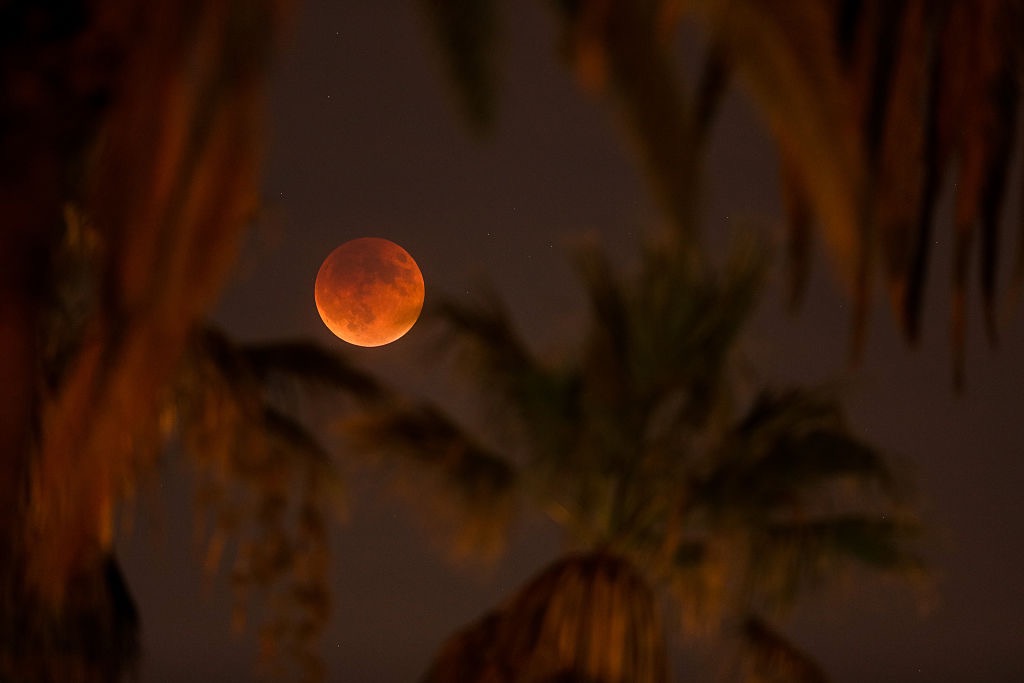
When the full moon coincided with perigee, or its closest approach to planet Earth, and a total lunar eclipse, the supermoon was extra special. Here, the eclipsed supermoon is shown on Sept. 27, 2015, above Los Angeles, California.
Winking Behind Palm Trees
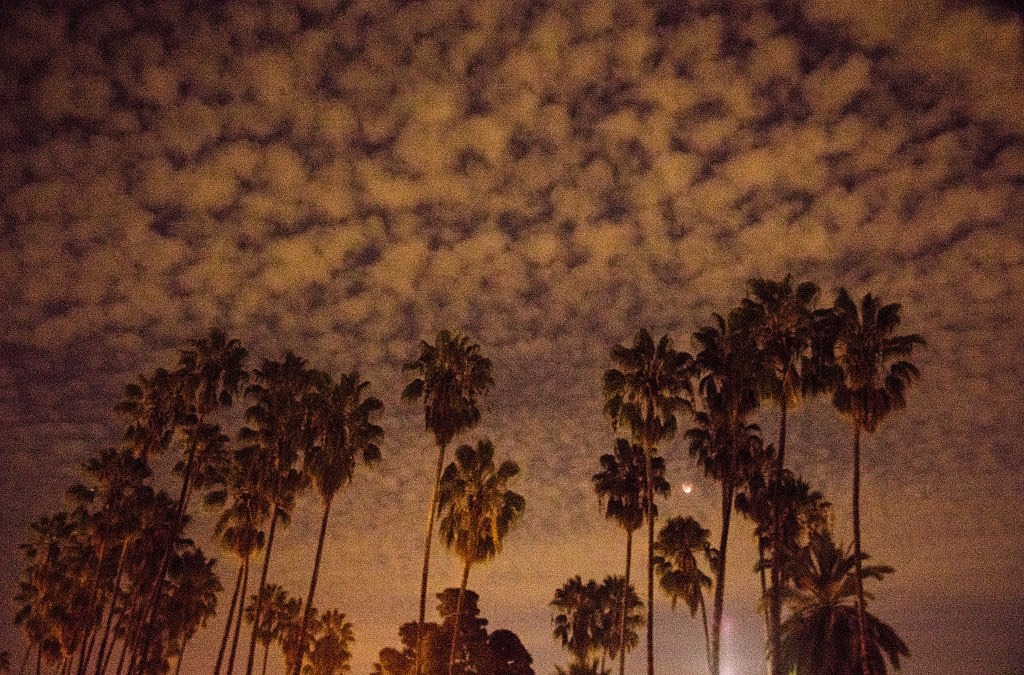
An eclipsed supermoon can be seen hanging in the sky behind blowing palm trees and a cloud-patched sky on Sept. 27, 2015, in Los Angeles, California.
Boston Harbor

The supermoon rises over a sailboat in Boston Harbor on Sept. 27, 2015. This rare eclipse-supermoon is also called a super "blood moon," due to the red hue that coats the full moon during a total lunar eclipse. (Here's why the moon turns red during a total lunar eclipse.)
Las Vegas-Style
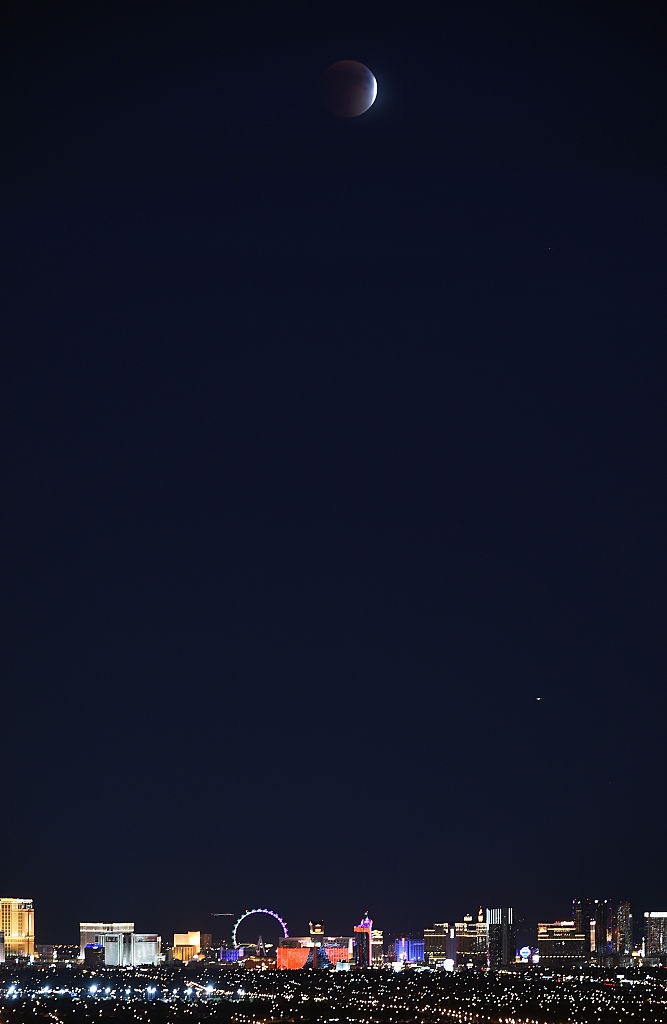
An eclipsed supermoon rises behind the Las Vegas Strip, known for its hotel resorts and casinos, on Sept. 27, 2015 in Las Vegas, Nevada. In a sense, this event is a little like winning the jackpot, perhaps, as it's very rare to have both a perigee full moon and a total lunar eclipse at the same time. The next combo-event like this won't happen until the year 2033.
Get the world’s most fascinating discoveries delivered straight to your inbox.
Peace Moon
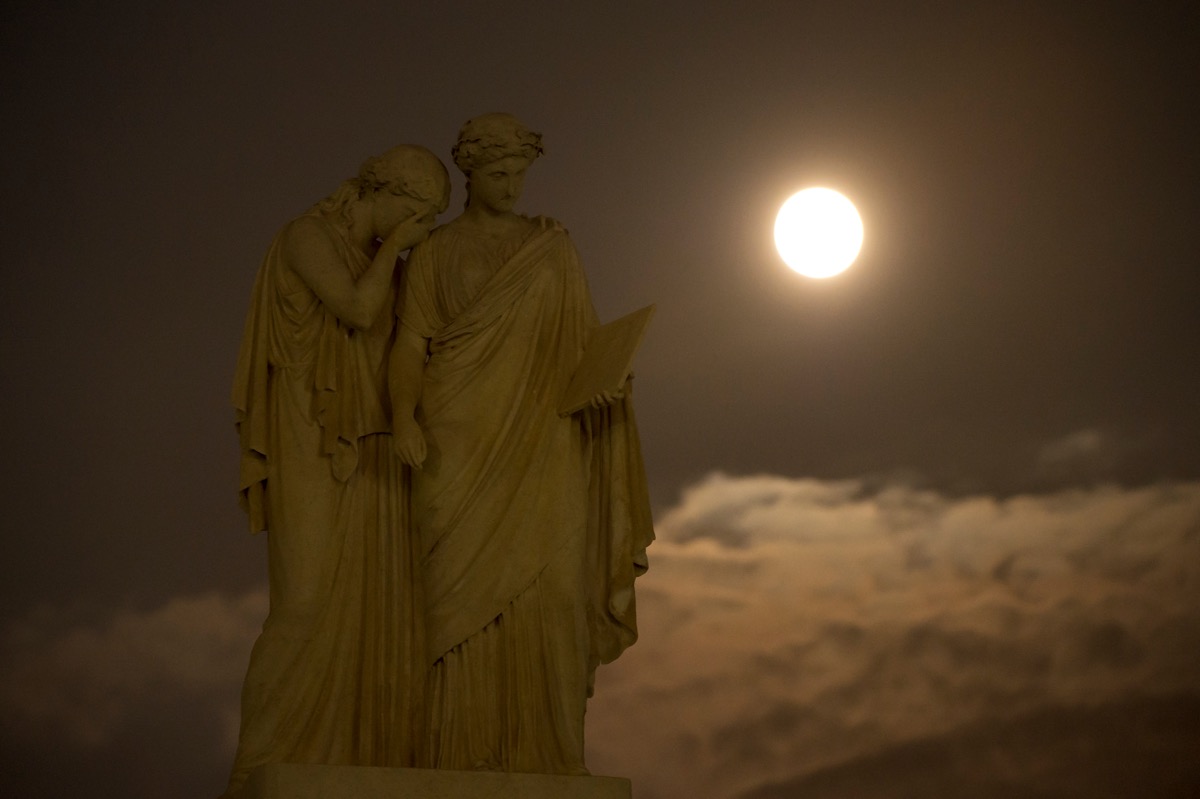
A supermoon is seen over the Peace Monument on the grounds of the U.S. Capitol building on Aug. 10, 2014, in Washington.
Start of an Eclipse
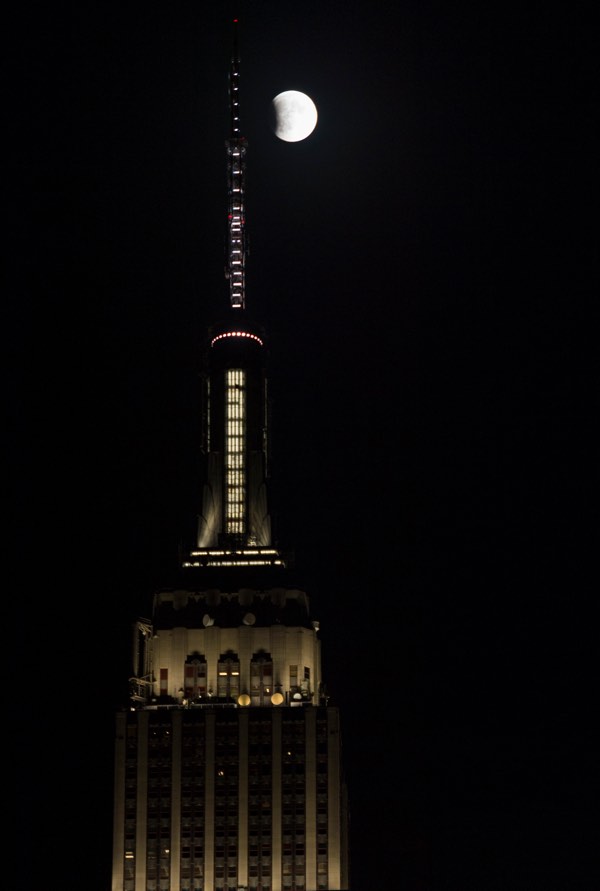
A perigee full moon, or supermoon, is seen hanging next to the Empire State Building at the beginning of a total lunar eclipse, as the moon begins to tiptoe into the outer portion of Earth's shadow on Sept. 27, 2015, in New York City.
England Supermoon
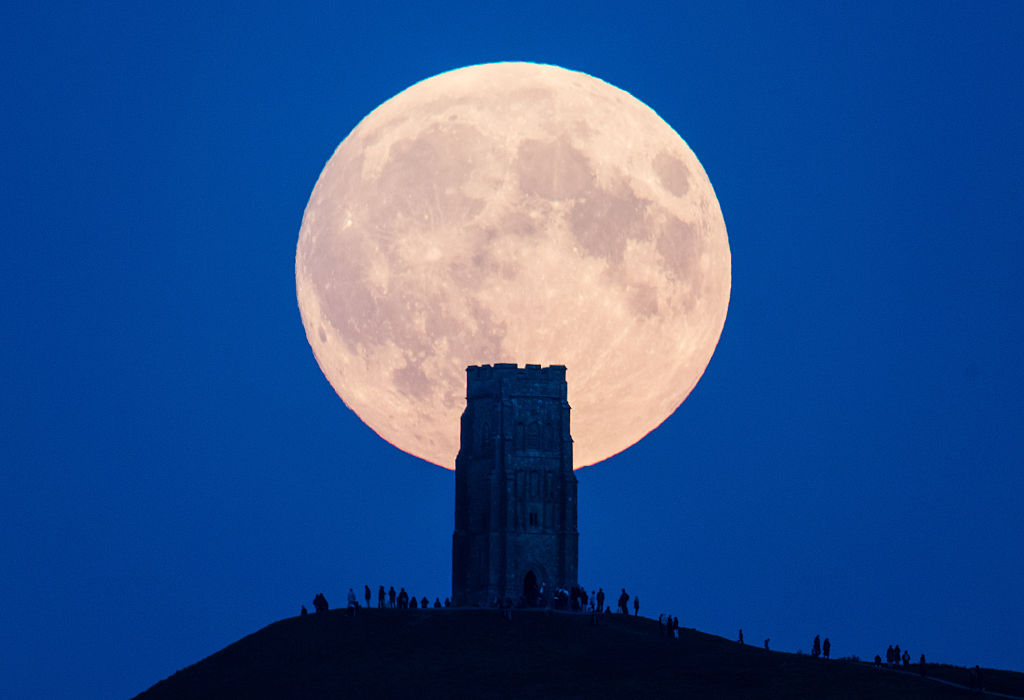
The supermoon rises behind Glastonbury Tor on Sept. 28, 2015 (local time), in Somerset, England. Roofless St. Michael's Tower sits atop the Glostonbury Tor hill.
City Moon
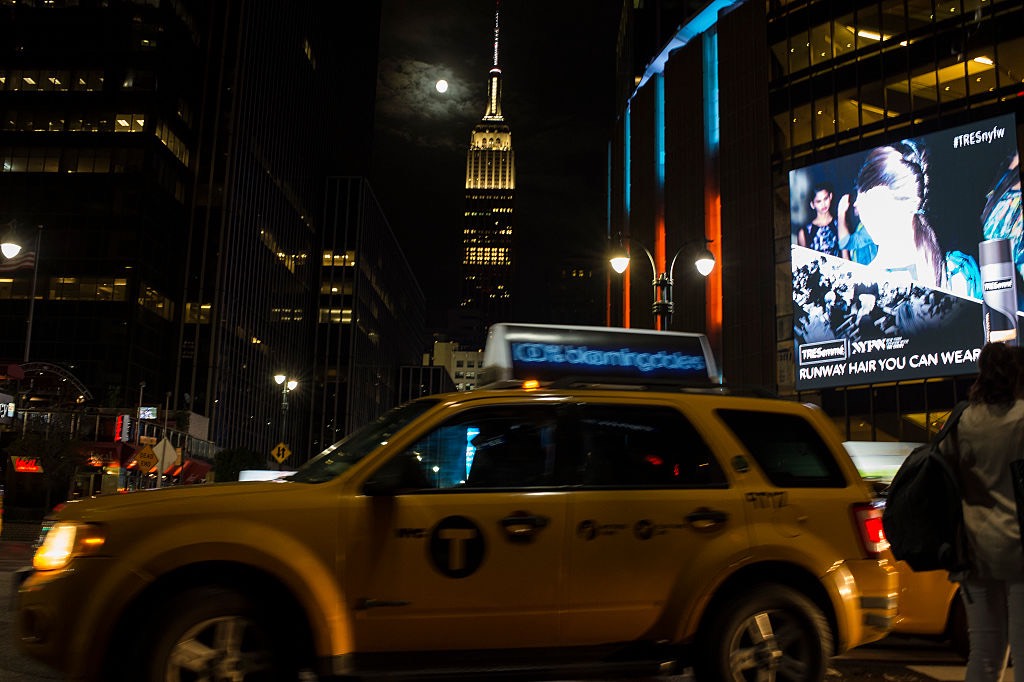
Another image shows the supermoon high above the city lights and appearing as if hanging out next to the Empire State Building in New York City on Sept. 27, 2015.
Jeanna Bryner is managing editor of Scientific American. Previously she was editor in chief of Live Science and, prior to that, an editor at Scholastic's Science World magazine. Bryner has an English degree from Salisbury University, a master's degree in biogeochemistry and environmental sciences from the University of Maryland and a graduate science journalism degree from New York University. She has worked as a biologist in Florida, where she monitored wetlands and did field surveys for endangered species, including the gorgeous Florida Scrub Jay. She also received an ocean sciences journalism fellowship from the Woods Hole Oceanographic Institution. She is a firm believer that science is for everyone and that just about everything can be viewed through the lens of science.
